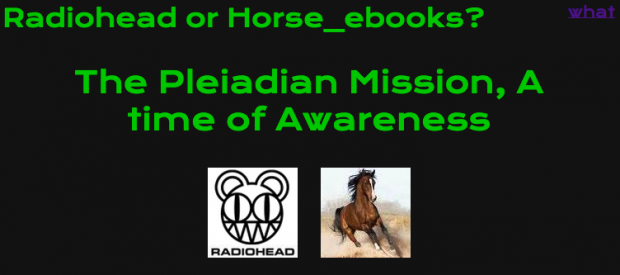Hi everyone, I’m Chen Liang and I currently study in Music & Technology program as a master student. Some of my works related to laptop orchestra and vocal analysis. I’m kind of a vocal music learner and I’d been a member of choruses for many years.
I’d like to create works in IACD that people may think interesting.
Twitter: @jimoyouchong
Github: @chenlianMT
Laptop Orchestra Project: Tinnitus
Description:
When a soldier wakes up in the battlefield, what would be in his mind? Tinnitus is the name of my program describing the annoying sound in this soldier’s ear. The program maps controller’s real-time motion into audio synthesis parameters or audio samples playback parameters and then put generated audio into different channels. The standard interaction between the controller and ChucK is offered officially by the author of ChucK.
It’s really an interesting experience to directly control sound through a programming language like ChucK, and it was great to tell a story using audio. I know this work is pretty simple and short, and it would be better to add spatial effects using more speakers.

